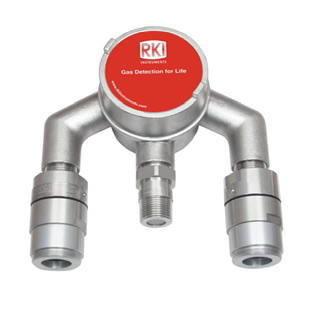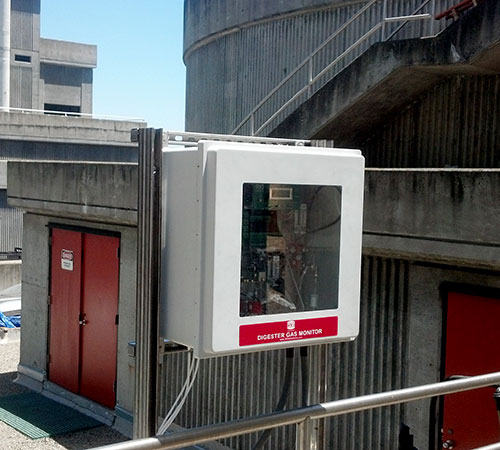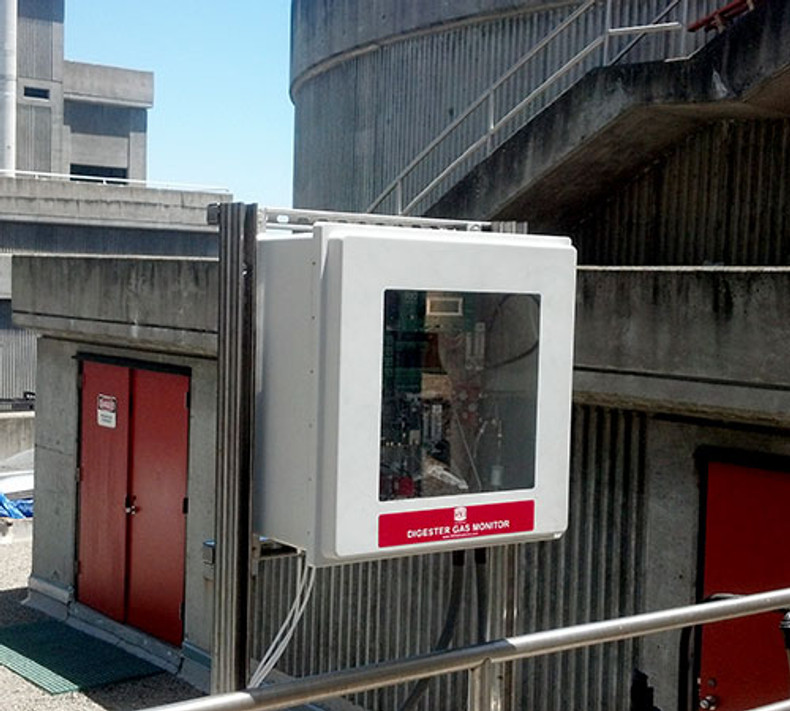
In the intricate web of urban infrastructure, wastewater facilities play an indispensable role in maintaining public health, environmental well-being, and community hygiene. Among the many challenges these facilities face, monitoring hydrogen sulfide (H2S) and methane (CH4) levels in sewers emerges as a top priority. In this blog post, we explore the critical importance of wastewater facilities using fixed gas detection systems to monitor both H2S and methane levels, safeguarding not only their operations but also the communities they serve.
Understanding the Challenge: H2S and Methane
Hydrogen sulfide (H2S) and methane (CH4) are gases commonly found in sewer systems due to the decomposition of organic matter and other chemical processes. While H2S poses health risks and infrastructure damage, methane is flammable and can potentially lead to explosive situations. Monitoring these gases is crucial for maintaining safety and preventing adverse outcomes.
1. Safeguarding Workers: Protecting Against H2S and Methane
Wastewater facility workers are on the frontlines, managing sewer systems and facing potential exposure to hazardous gases. Fixed gas detection systems continuously monitor H2S and methane levels, providing real-time alerts if concentrations become unsafe. This early warning system empowers workers to take protective measures or evacuate, ensuring their safety in dynamic environments.
2. Public Health and Safety: Mitigating Community Exposure
Sewer networks often run through residential and commercial areas, putting communities at risk of exposure to hazardous gases. Monitoring H2S and methane levels allows wastewater facilities to identify zones with elevated gas concentrations. By addressing these concentrations promptly, facilities contribute to the health and safety of the community.
3. Infrastructure Protection: Combating Corrosion and Explosive Risks

H2S is corrosive and can damage sewer infrastructure, while methane is flammable and can lead to explosion risks in confined spaces. Detecting both gases is essential for preserving infrastructure integrity and preventing potentially catastrophic incidents.
4. Regulatory Compliance: Meeting Environmental Standards
Compliance with air quality regulations is essential for wastewater facilities. By monitoring H2S and methane levels, facilities ensure adherence to these standards, demonstrating a commitment to environmental responsibility and public safety.
5. Proactive Strategies: Data-Driven Prevention
Fixed gas detection systems provide data on H2S and methane levels over time. Analyzing this data helps wastewater facilities identify trends and potential risks. Armed with insights, facilities can implement preventive measures, address emerging issues, and mitigate hazardous conditions effectively.
6. Comprehensive Approach: Enhancing Safety Measures

Monitoring both H2S and methane levels offers a comprehensive safety approach. By addressing two distinct but interconnected risks, wastewater facilities create a multi-layered safety net that enhances their overall risk management strategy.
Conclusion: Breathing Easier, Living Safer
The importance of wastewater facilities monitoring both H2S and methane levels in sewers through fixed gas detection systems cannot be overstated. By safeguarding the health and safety of workers, protecting communities from exposure and explosions, and preserving critical infrastructure, these facilities play a pivotal role in ensuring the well-being of both the environment and the people it sustains. Through proactive monitoring and responsible management of H2S and methane, wastewater facilities contribute to a cleaner, healthier, and safer future for all


